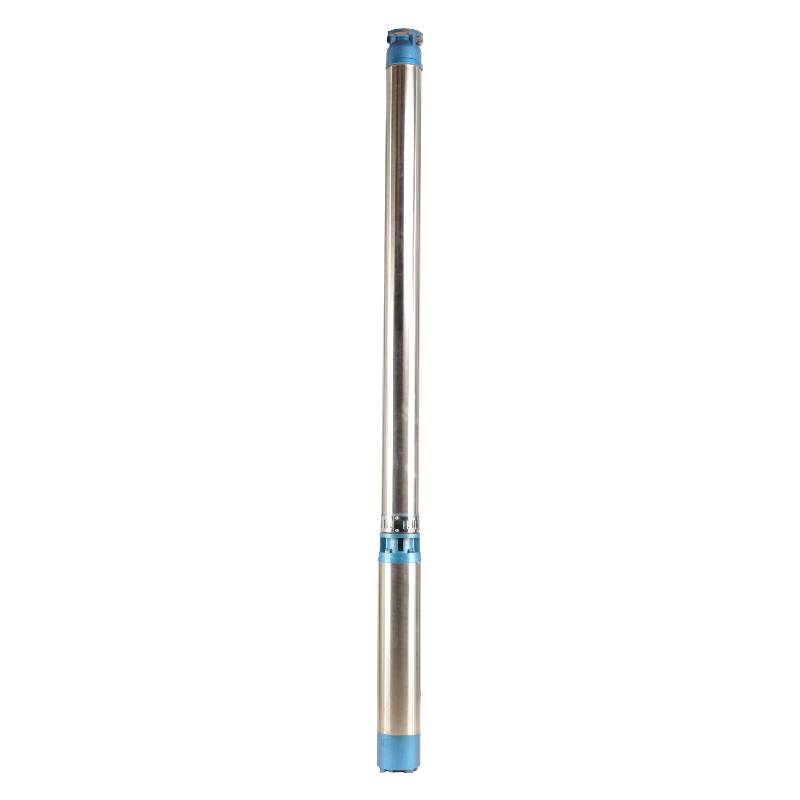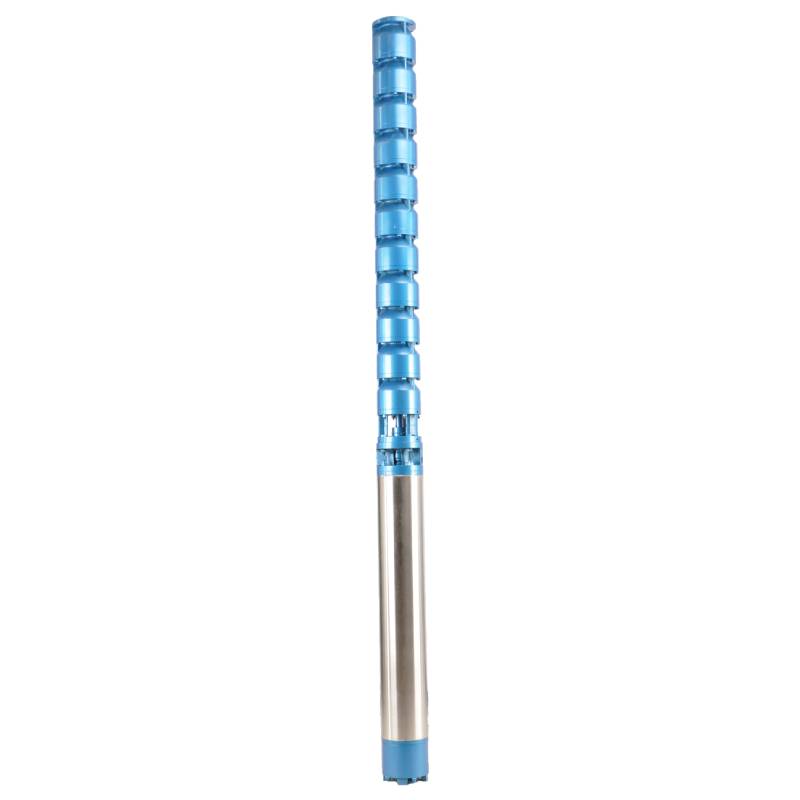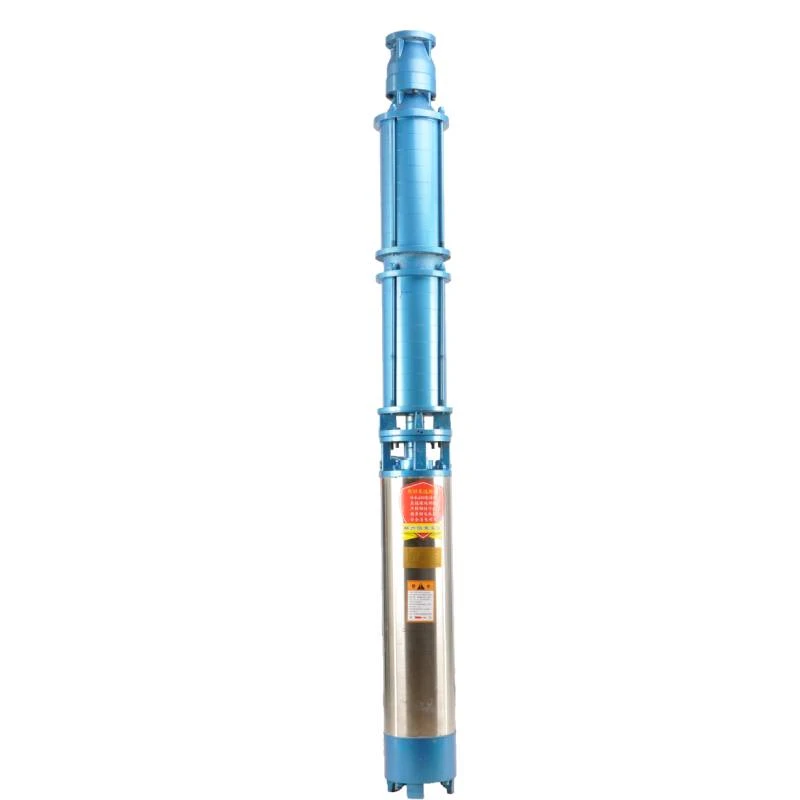ធ្នូ . 26, 2024 20:42 Back to list
Cost Analysis of Submersible Motor Wire for Efficient Water Pumping Solutions
Understanding Submersible Motor Wire Prices
When it comes to submersible pumps, selecting the right components is crucial for optimal performance and longevity. One of the often-overlooked components is the submersible motor wire. This wire is specifically designed to operate in wet conditions, making it essential for submersible applications such as wells, sewage systems, and water treatment facilities.
What is Submersible Motor Wire?
Submersible motor wire is a specialized type of electrical wire used to connect submersible motors to power sources. This wire must withstand harsh environments, including moisture, chemicals, and temperature fluctuations. It's engineered to prevent water ingress, corrosion, and electrical failures, which can lead to costly downtimes and repairs. Generally, the wire consists of multiple insulated copper conductors and is usually covered with materials like PVC or polyurethane to enhance durability.
Factors Influencing Prices
1. Material Quality The price of submersible motor wire primarily depends on the quality of materials used. Higher-quality wires, often made of pure copper, are more expensive but offer better conductivity and resistance against corrosion. Lower-quality options may use aluminum or copper-clad aluminum, which significantly reduces costs but can compromise performance and longevity.
2. Wire Gauge The thickness of the wire (measured in AWG - American Wire Gauge) also affects price. Thicker wires can handle more current and are typically more expensive. However, choosing the right gauge is critical; using a wire that is too thin can lead to overheating and potential failure.
3. Type of Insulation Insulation materials also play a role in determining wire prices. Wires with advanced insulation can provide better protection against moisture and chemicals, which is especially crucial in submersible applications. Polyurethane, for example, is often more expensive compared to standard PVC, but it offers superior resistance to various environmental factors.
4. Length and Quantity As with many products, the price per unit decreases with bulk purchases. If you’re equipping multiple pumps, buying a larger quantity of submersible motor wire can lead to significant savings.
submersible motor wire price

5. Market Demand and Supply Like any market, fluctuations in demand and supply can impact prices. Economic factors such as changes in manufacturing costs or disruptions in raw material availability can also lead to price variations.
Typical Pricing Trends
On average, the price of submersible motor wire can range significantly based on the aforementioned factors. For standard applications, prices might start as low as $0.20 per foot for basic wires, while high-quality options could range from $1.00 to $3.00 per foot or even more, depending on the specifications. Custom configurations or specialized insulation can push the price higher.
Final Considerations
Investing in the right submersible motor wire is crucial for ensuring the reliability and efficiency of your pumps. It’s essential to balance cost with quality; while cheaper wires may save money upfront, they could lead to higher costs in the long run due to maintenance and replacement.
When purchasing submersible motor wire, consider consulting with manufacturers or suppliers who understand the nuances of submersible applications. They can help recommend the ideal wire type and gauge for your specific needs, ensuring that you make an informed choice without compromising on safety or performance.
Moreover, keeping up with market trends can provide insight into optimal purchasing times. Seasonal changes or shifts in industry demands can affect material costs, and savvy buyers may find better deals during off-peak seasons.
Conclusion
Understanding submersible motor wire prices requires careful consideration of various factors, including material quality, wire gauge, type of insulation, length, and current market trends. By investing time in selecting the right wire, you not only enhance the effectiveness of your submersible pumps but also ensure they operate reliably for years to come. Always prioritize quality over cost when it comes to critical components like motor wire, for the long-term benefits far outweigh initial savings.
-
Deep Well Pump Installation Guide: Reliable Submersible Pumps
NewsAug.29,2025
-
125QJR Deep Well Submersible Pump - High Performance & Reliable Water Supply
NewsAug.28,2025
-
Water Filled Submersible Pump
NewsAug.26,2025
-
The Ultimate Solution for Clean
NewsAug.26,2025
-
SS Submersible Pump
NewsAug.26,2025
-
Reliable Water Extraction from Great Depths
NewsAug.26,2025
-
 Deep Well Pump Installation Guide: Reliable Submersible PumpsGet expert deep well pump installation for reliable, consistent water. Our durable submersible well water pumps are ideal for homes & farms. View our installation diagram & solutions.Detail
Deep Well Pump Installation Guide: Reliable Submersible PumpsGet expert deep well pump installation for reliable, consistent water. Our durable submersible well water pumps are ideal for homes & farms. View our installation diagram & solutions.Detail -
 125QJR Deep Well Submersible Pump - High Performance & Reliable Water SupplyGet reliable, high-performance water with the 125QJR Deep Well Submersible Pump. Ideal for irrigation, agriculture, and industrial deep well applications. Experience efficient, continuous water supply. Shop now!Detail
125QJR Deep Well Submersible Pump - High Performance & Reliable Water SupplyGet reliable, high-performance water with the 125QJR Deep Well Submersible Pump. Ideal for irrigation, agriculture, and industrial deep well applications. Experience efficient, continuous water supply. Shop now!Detail -
 Water Filled Submersible PumpA water filled submersible pump is engineered for optimal cooling, eco-friendliness, and high efficiency, especially in applications involving clean or slightly sandy water.Detail
Water Filled Submersible PumpA water filled submersible pump is engineered for optimal cooling, eco-friendliness, and high efficiency, especially in applications involving clean or slightly sandy water.Detail
